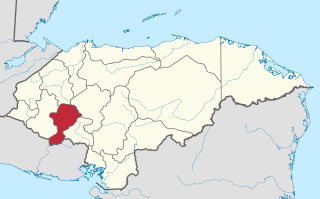
Intibucá is one of the 18 departments in the Republic of Honduras. Intibucá covers a total surface area of 1,186.1 square miles (3,072 km2). Its capital is the city of La Esperanza, in the municipality of La Esperanza.

La Esperanza is the capital city and a municipality of the same name of the department of Intibucá, Honduras. La Esperanza is famous for having the coolest climate in Honduras. It is considered the heart of the Ruta Lenca, a region of Lenca ethnic influence that spans Honduras from Santa Rosa de Copan to Choluteca. Sites on the Lenca Trail have been designated by the government and United Nations development in order to encourage more cultural tourism, and help create new markets for the traditional crafts, such as pottery, practiced by the Lenca, in order to preserve their culture.
Concepción is a municipality in the Honduran department of Intibucá.

Candelaria is a municipality in the Honduran department of Lempira.

Cololaca is a municipality in the Honduran department of Lempira.

Gualcince is a municipality in the Honduran department of Lempira.

La Campa is a municipality and an aldea, or small town, in the Honduran Department of Lempira, located about 18 kilometres (11 mi) by dirt road from Gracias, the largest town in the immediate region.

La Iguala is a municipality in the Honduran department of Lempira.

Lepaera is a municipality in the Honduran department of Lempira. It has tropical climate all year round.
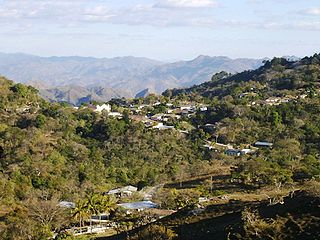
Piraera is one of the municipalities of Lempira department in Honduras. It is located on one of the branches of "Congolón" mountain, it is 105 km away from the city of Gracias.

San Andrés is a municipality in the Honduran department of Lempira.
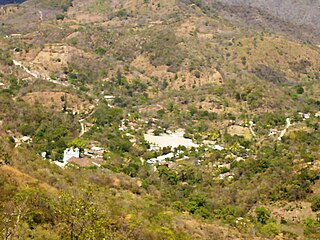
San Francisco is a municipality in the Honduran department of Lempira.

San Manuel Colohete is a municipality in the Honduran department of Lempira, located approximately twenty miles southwest of the departmental capital of Gracias. The population of the entire municipality is around 15,000 but within the town center about 1,500.

San Marcos de Caiquín is a municipality in the Honduran department of Lempira created November 4, 1994.
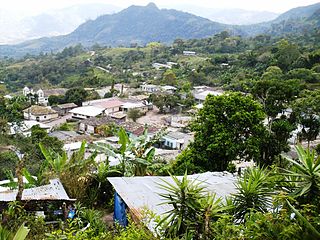
San Rafael is a municipality in the Honduran department of Lempira.

San Sebastián is a municipality in the Honduran department of Lempira.
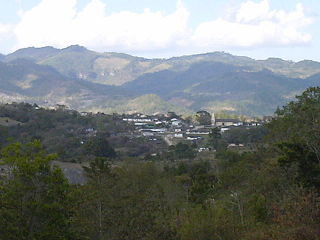
Santa Cruz is a municipality in the Honduran department of Lempira.

Tomalá is a municipality in the Honduran department of Lempira.

Valladolid is one of the municipalities of the Lempira department of Honduras. It takes about 2.5 hours to travel there and it must be via Santa Rosa de Copán–San Marcos de Ocotepeque–Cololaca–Tambla–Valladolid.

Belén is a municipality in the Honduran department of Lempira. The latitude is 15.75 north, the longitude is 87.93 west, and the altitude is 313 meters.




























